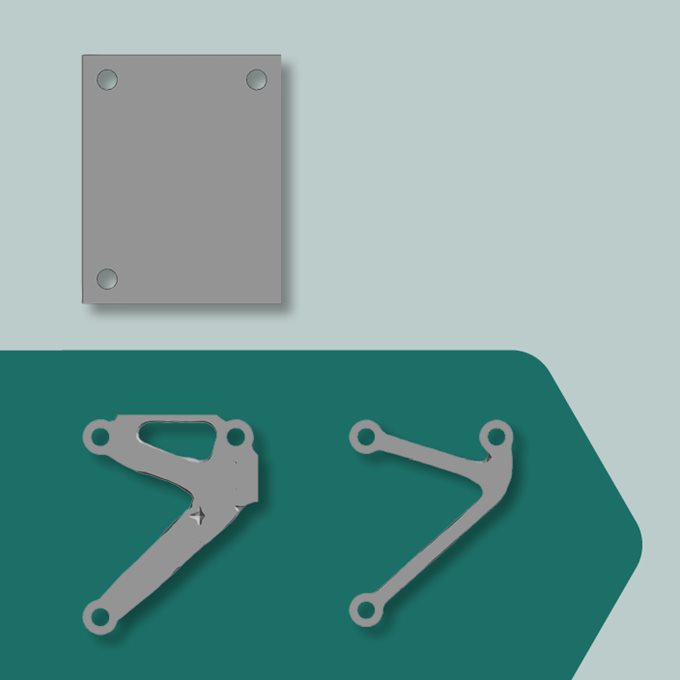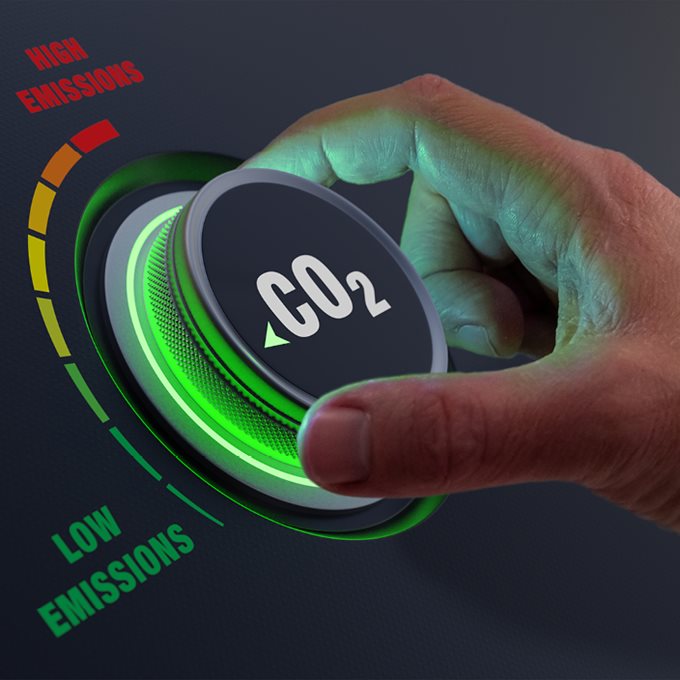Ecodesign & materials

Developing products ecologically
Our aim is to manufacture sustainable construction products that make buildings sustainable and energy-efficient. It goes without saying that we comply with the Eco Design Directive (e.g. for electromechanical products), but we also take measures beyond this: In every product development, we consider ecological metrics that have an impact on project realisation.
We consider environmentally friendly product design, the use of "healthy" materials, the resulting carbon footprint and subsequent recyclability right from the conception phase. To do this, we use state-of-the-art simulation methods and utilise specially developed material databases as a decision-making aid. This also allows us to rethink existing products and utilise the strengths of ecologically sustainable materials in a targeted manner. All this is product design à la MACO!
We consider the entire life cycle of a product as early as the development stage: we pay attention to minimising component weight, the lowest possible use of raw materials and a sustainable mix of materials - every detail is checked for its ecological impact.
Material management
The materials and raw materials we use in our products and production processes have a direct impact on our ecological footprint: How long will they last? How well can they be repaired, reused and recycled? Material management is therefore one of our key building blocks for driving forward our circularity.
The material database implemented in 2021 evaluates all materials used at MACO - also according to ecological key figures: Information on CO₂ footprint, material compliance, the use of chemical substances and much more provides information on which materials are particularly environmentally friendly and harmless. The material database therefore serves as a decision-making aid when designing new articles. However, existing products can also be optimised in terms of their material composition and made "greener" on this basis.
With the MACO Circularity Index, we have created a representative, standardised indicator that makes materials in our products and product development processes comparable in terms of their recyclability. This allows us to filter out the most environmentally friendly raw materials and their optimal combination as early as the development process.
![]() The index was introduced at MACO in 2023 and is now established practice. For example, our new MACO Move HS Rollers were recently evaluated using the indicator and scored extremely positively. In this way, we want to ensure that our new developments not only offer technical added value, but also underpin this with measurable environmental performance.
The index was introduced at MACO in 2023 and is now established practice. For example, our new MACO Move HS Rollers were recently evaluated using the indicator and scored extremely positively. In this way, we want to ensure that our new developments not only offer technical added value, but also underpin this with measurable environmental performance.
Software-supported optimisation of the topology

New software
How can the topology of individual items be improved and, among other things, how can material be used more efficiently? In 2023, we professionalised what we had already started in previous years and used new software to calculate the most suitable geometry. This calculates the most optimised, reduced form according to certain specifications and framework conditions (e.g. item must be usable for windows that open to the right and left).

Reduce CO₂
A huge amount of CO₂ can be saved by reducing the amount of material used, especially for items with annual quantities of over 1 million. The prerequisite is, of course, that quality and functionality are maintained. Customer requirements for the smooth further processing of our products in series production are also taken into account.
By optimising the geometry in a targeted manner, up to 30 percent of the previous material and therefore weight can be reduced for individual items - with the same or even better performance characteristics. We see a lot of potential here and are continuing to invest heavily: at the beginning of 2024, the computing power of the software was increased again so that our calculations can be performed even faster.